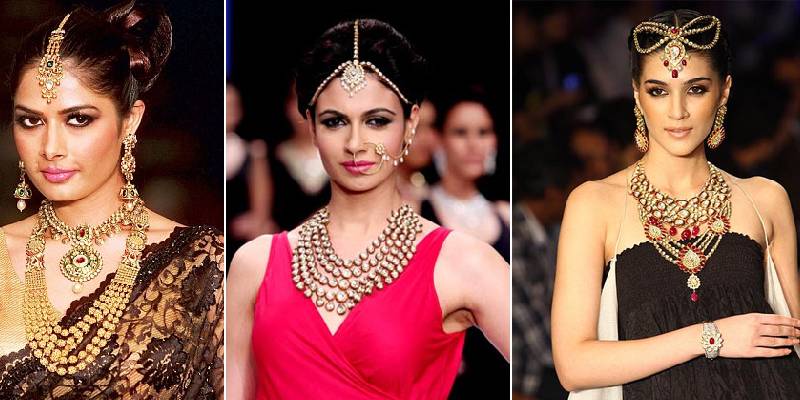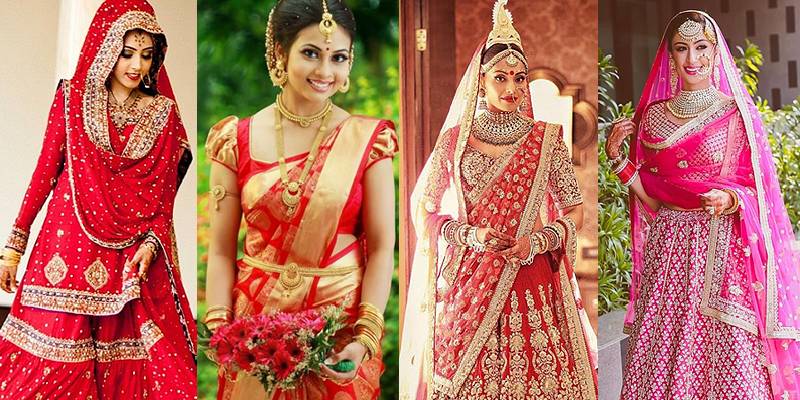
The current fashion style of India is rooted in ancient traditions. It is a fact, but it is not the whole truth. When you take a look at the history of Indian clothes, you see that some significant changes have occurred. For example, a century or so back Indian garments did not require any stitching. The people were cognizant of sewing, but their clothes did not need any. For them, a cloth was ready to wear the minute the loom finished it.
Some examples of ancient garments that required no stitching to wear are:
• Dhoti
• Uttariya
• Saree
• Turban
Out of these four, three are yet commonly visible in the nation. The saree and uttariya were garments for women. The former is still worn by females all over the country, but the latter has fallen out of practice. The uttariya was a scarf or shawl like fabric that was worn to cover the top half of the body by draping it over the neck and under the arms.
Explore More About : The Changing Face Of Traditional Indian Attires
The dhoti is an attire meant for men. Today, it is mostly worn for festivals and holy ceremonies. It requires no stitching and generally worn by draping around both legs or passing a strip of it between the two legs and tucking it behind. The reason for such loose clothing was the hot climate of the country. The free-flowing fabrics allowed movement of air.
The question is with such basic garments, how did people add a touch of bling or beauty. The answer lies with accessories. Women of India wore a lot of jewellery with their attires. From nose rings that symbolised a married woman to necklaces, there was no part of the body left bare. The hands were covered with bangles made of precious metals or glass; the neck generally had a plain necklace for young girls and a mangalsutra for married women. The feet were adorned with toe rings and anklets.
This tradition of wearing accessories has remained. Women in India love to drape their attires with jewellery even today. This holds especially true when they wear traditional outfits like a saree, lehenga or salwar-kurta. The only difference that has occurred over the years is that even single girls have started opting for nose pins and toe rings. These were jewellery that was primarily meant for married women.

